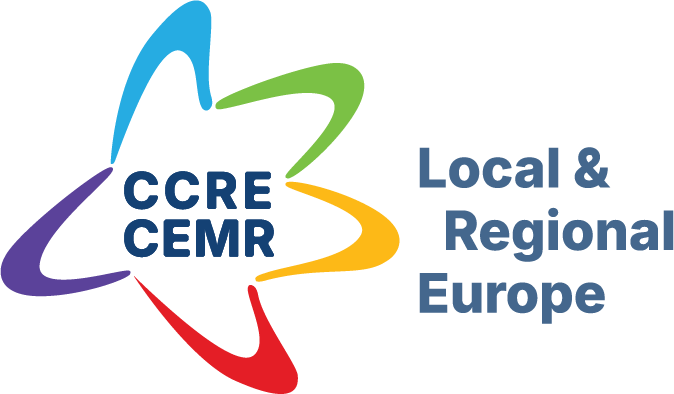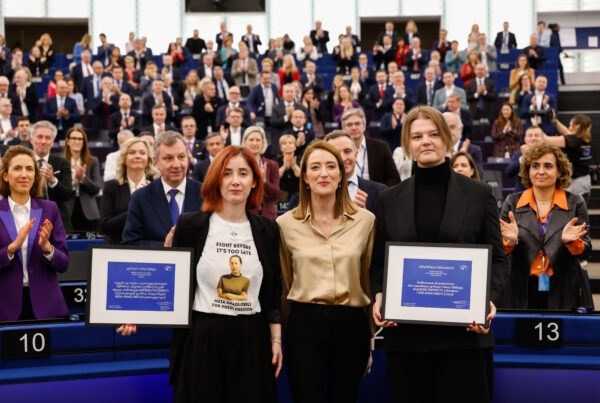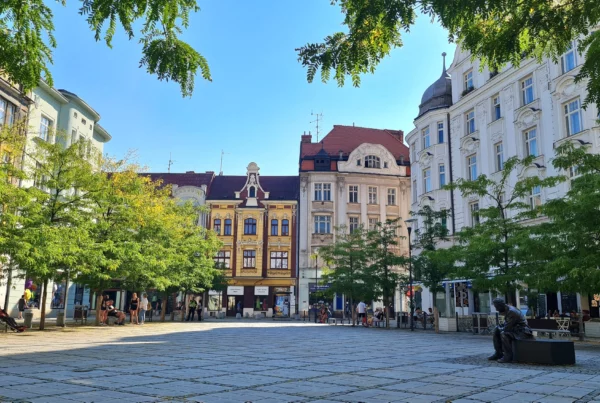Simplification, coordination and local leadership for better urban policy
As cities and towns face rising challenges, from ageing populations to climate adaptation, the EU Urban Agenda must evolve to support them effectively. In its 2015 position paper, the Council of European Municipalities and Regions (CEMR) sets out key proposals to make the Urban Agenda a useful and inclusive tool for all local governments, regardless of size or geography.
What’s needed for real impact?
1. A clear roadmap with local voices at the table
An EU Urban Agenda should not be a top-down project. It must be developed in partnership with local governments and their associations, with a well-defined timeline and concrete actions.
2. Territorial impact across all policies
Policies across all EU institutions, not just DG REGIO, should consider local impacts. A strong territorial dimension in EU policymaking can ensure smarter regulation with less administrative burden.
3. Recognising cities of all sizes
Urban policy should reflect the reality of Europe’s diverse territories, including small and medium-sized towns and functional areas, not just major cities.
4. Easier access to EU funds
More streamlined, locally managed funding for urban development will empower municipalities to lead the changes they are best placed to deliver.
5. Innovation without rigid standards
While innovation is key, any urban indicators (e.g. for “smart cities”) should remain voluntary, flexible, and designed with local input, not imposed through rigid benchmarks.
Towards an inclusive global agenda
CEMR also calls for stronger involvement of local authorities in shaping the EU’s input into international processes, including the Habitat III conference and the global New Urban Agenda. Cities and towns are where global challenges meet real-world solutions, and local voices must shape the global conversation.
For more information, contact:

Advisor – Territorial Cohesion & Local Finances






